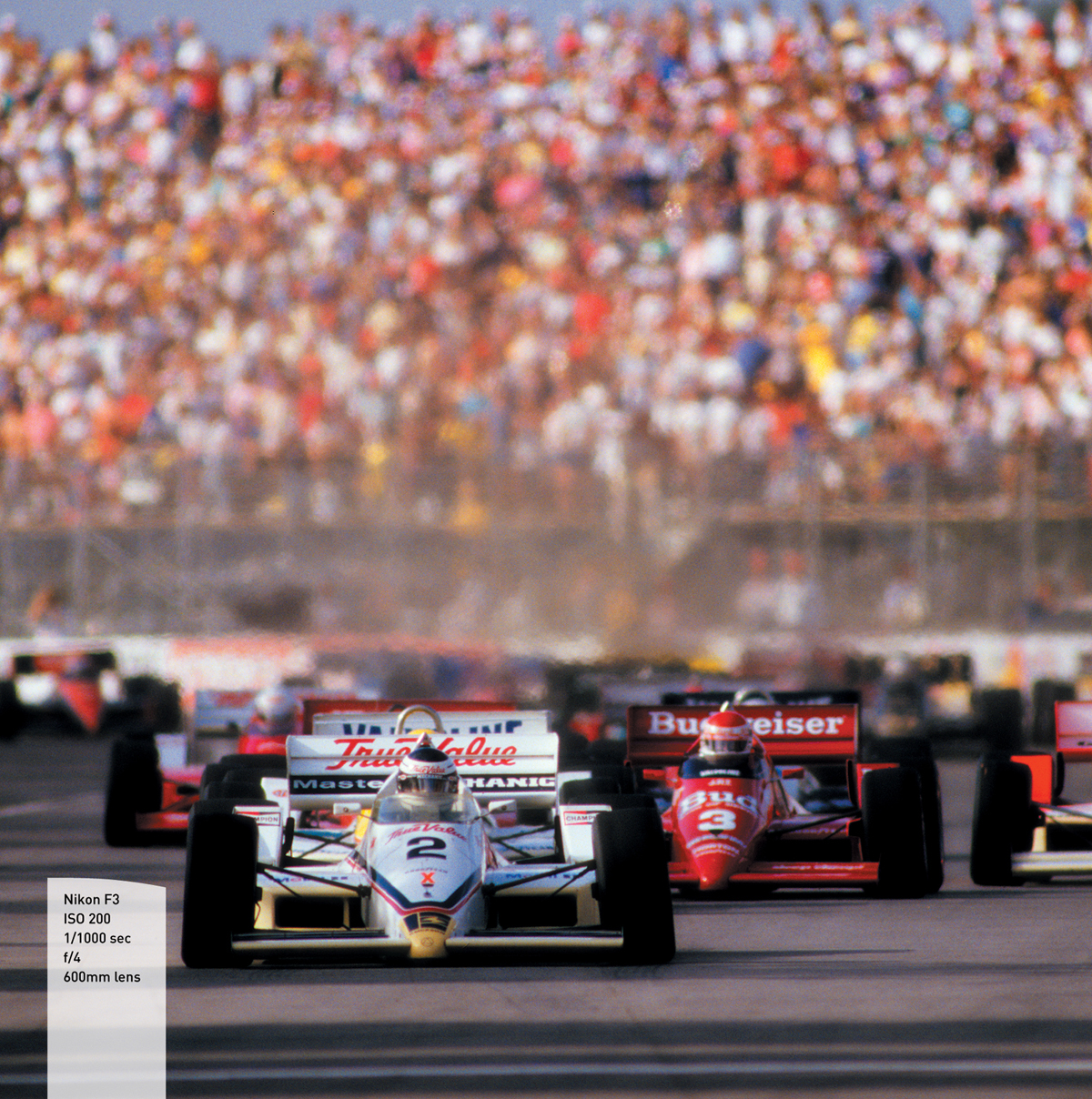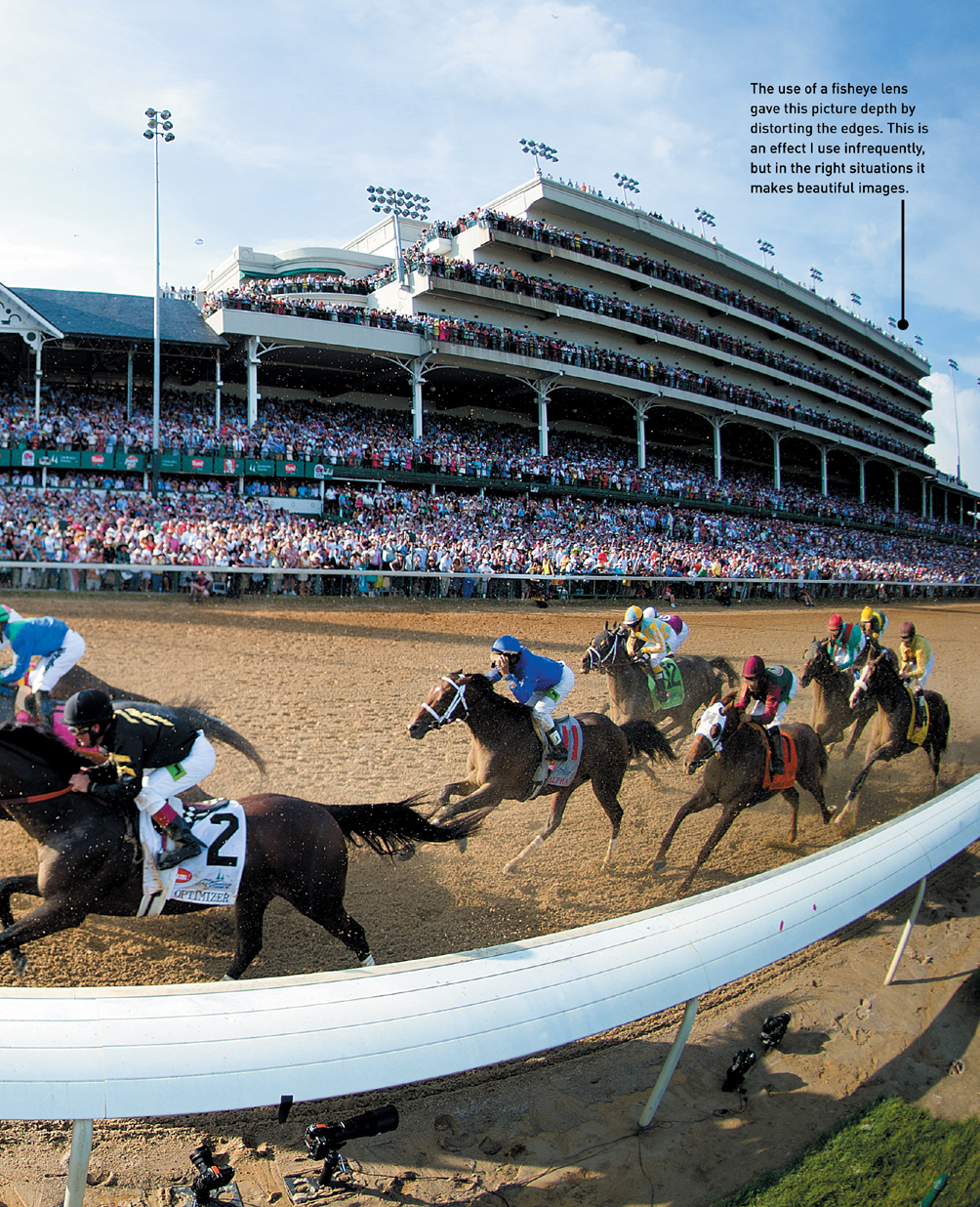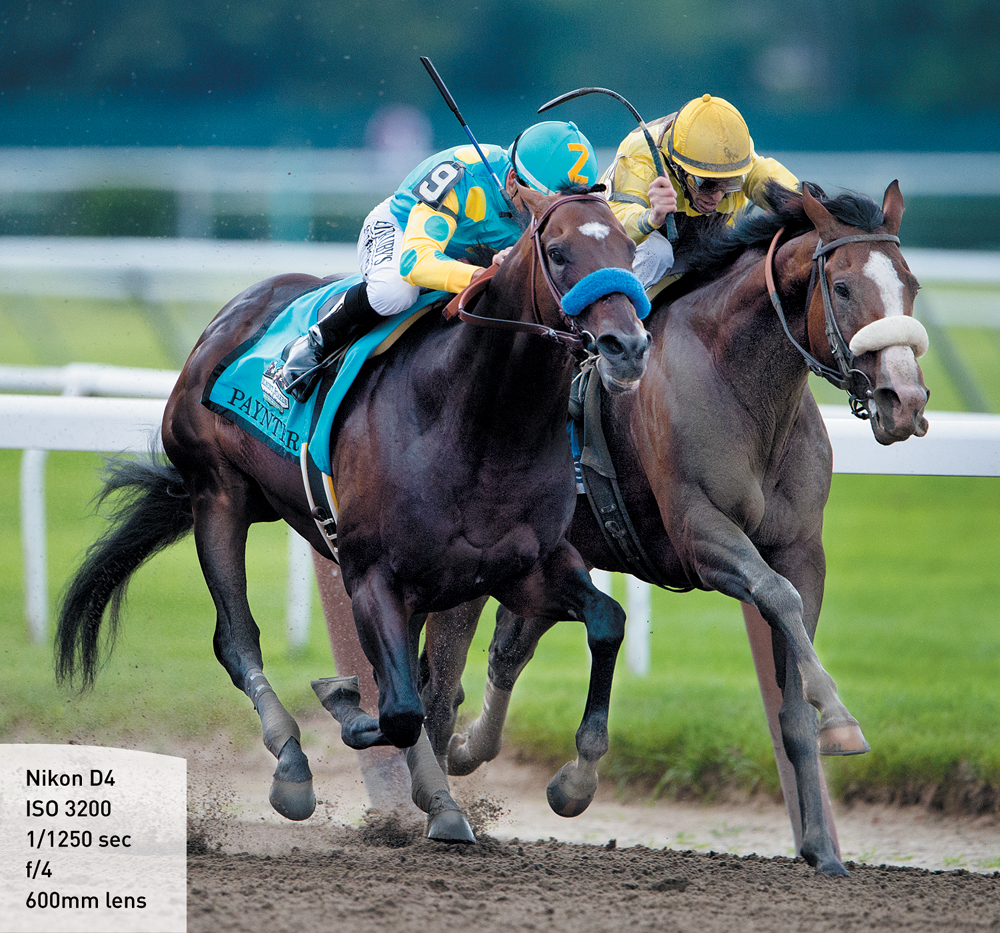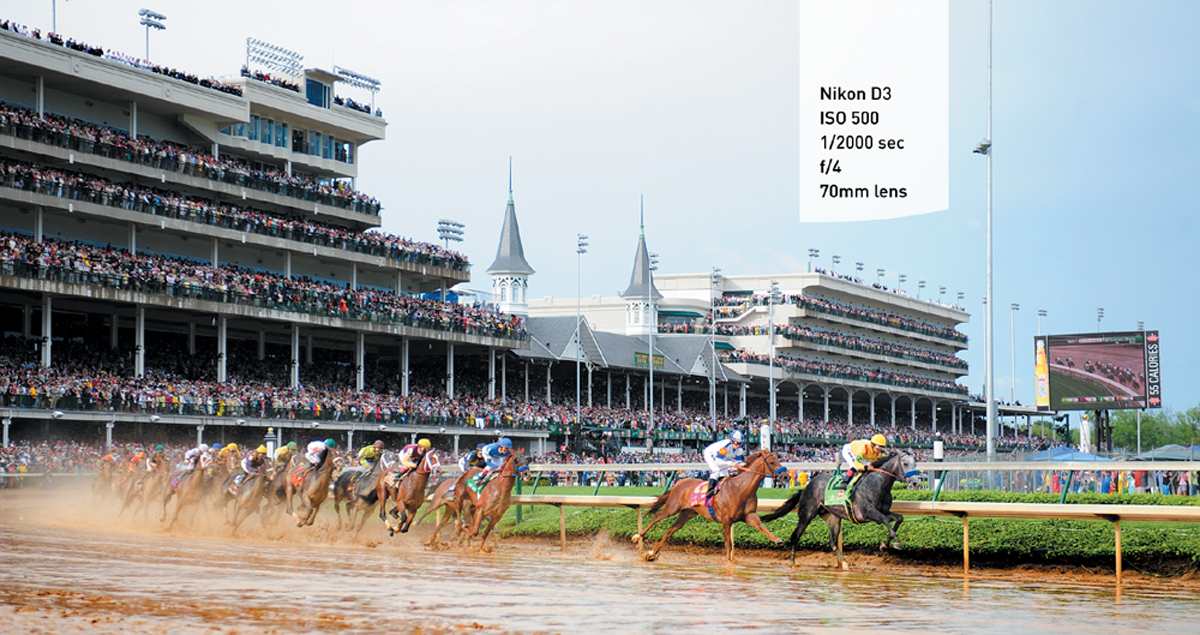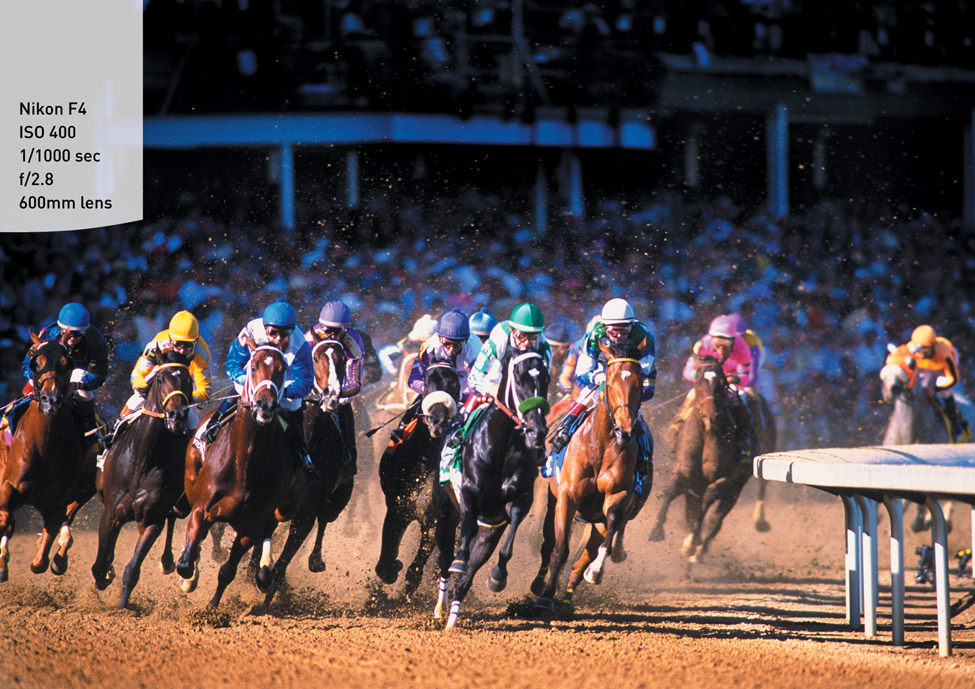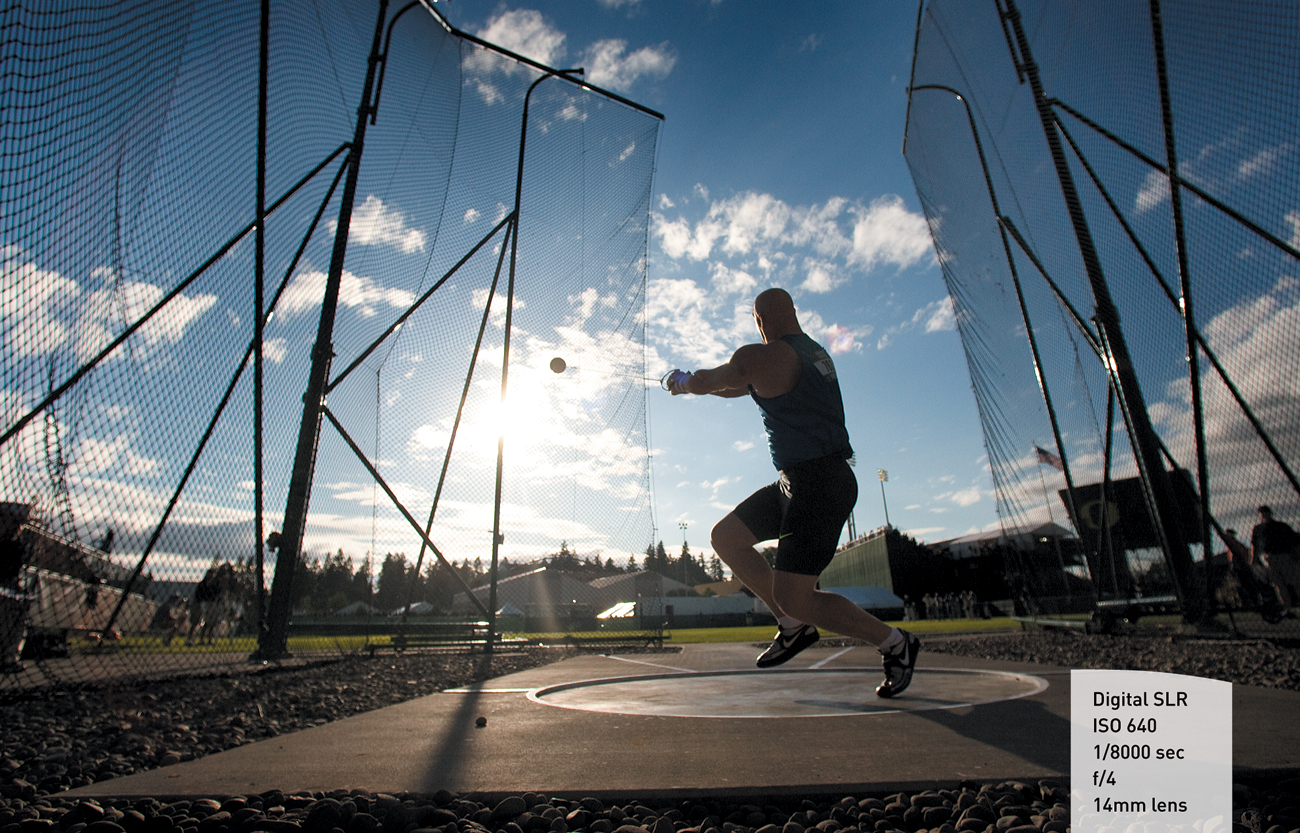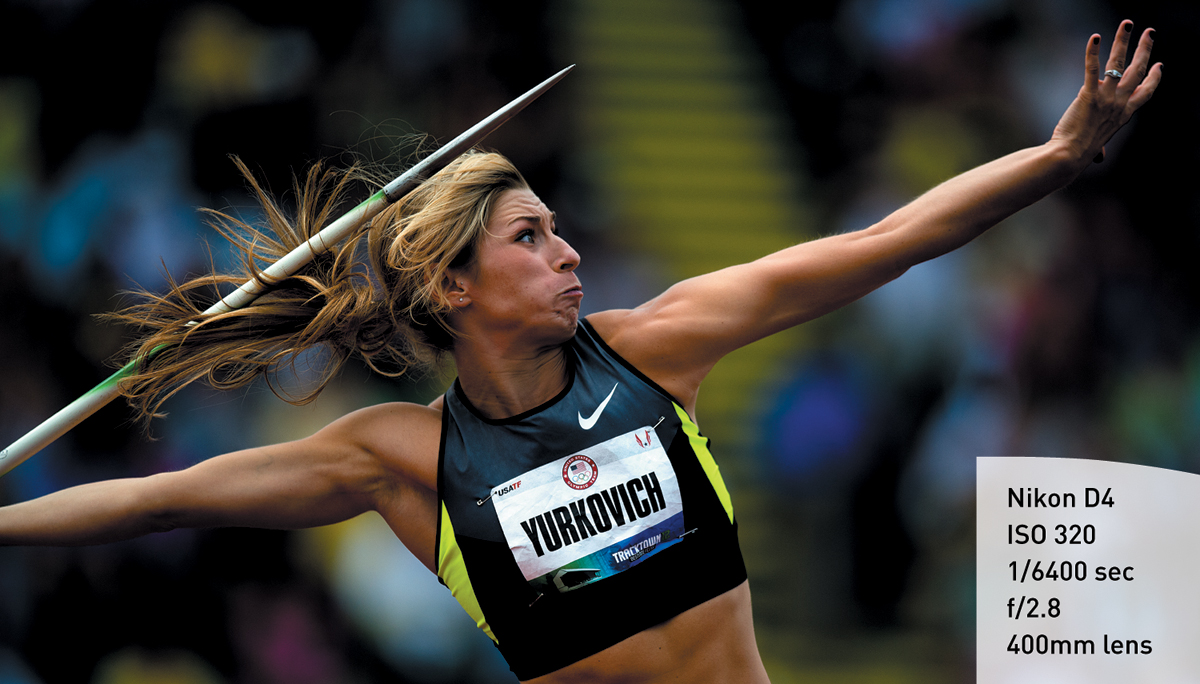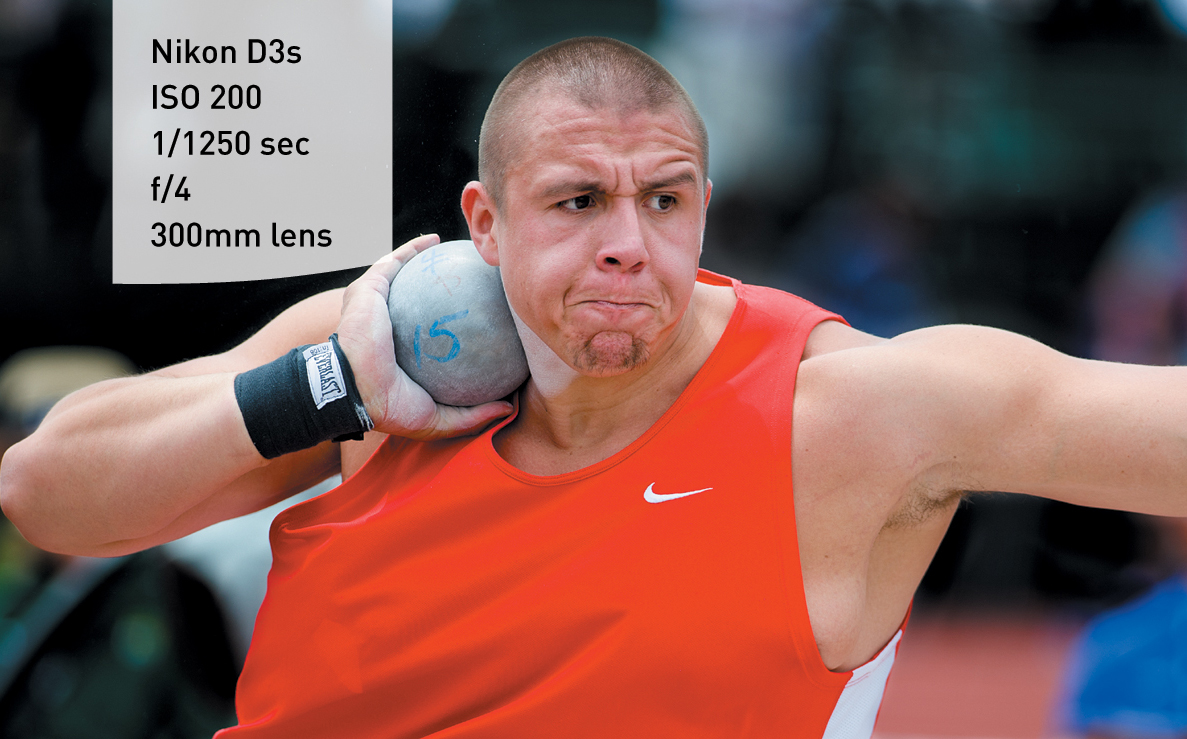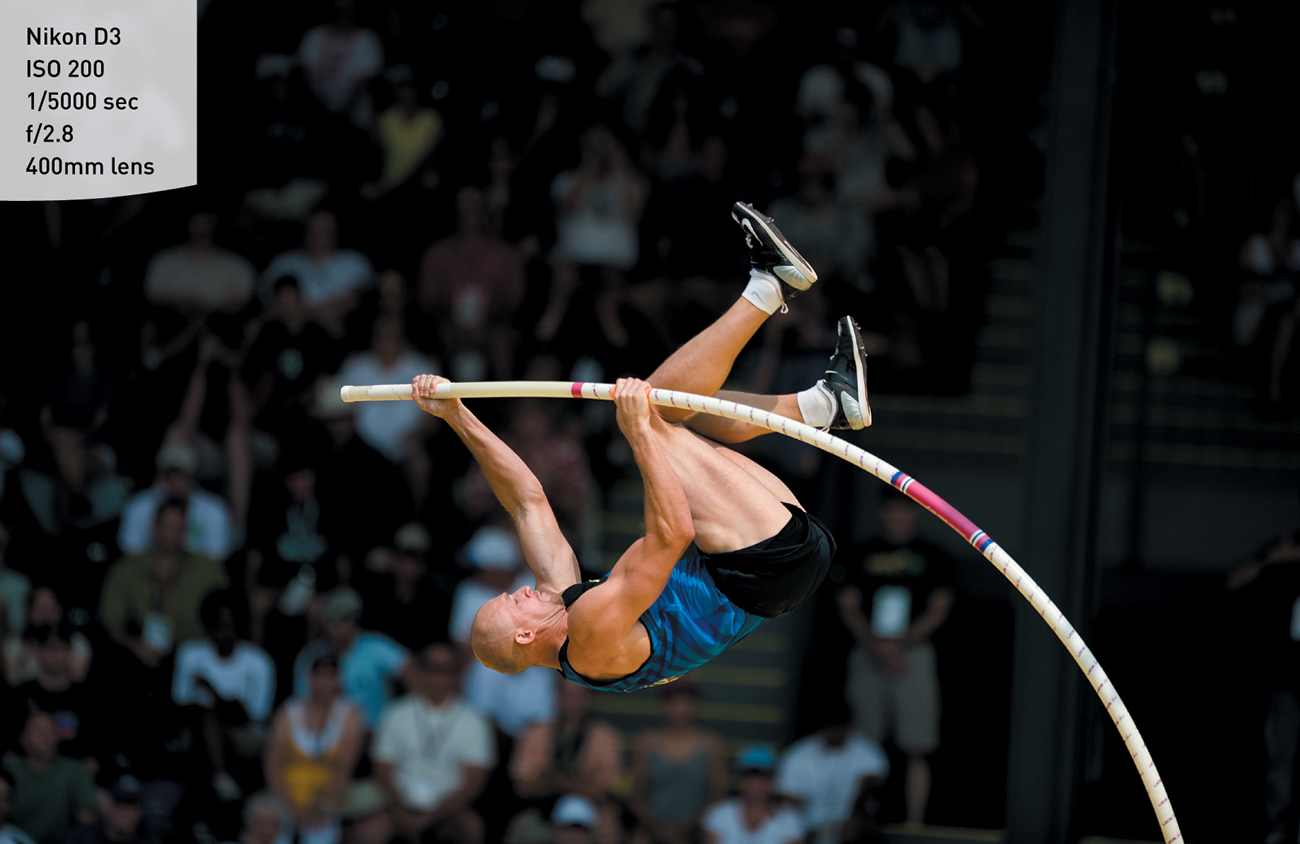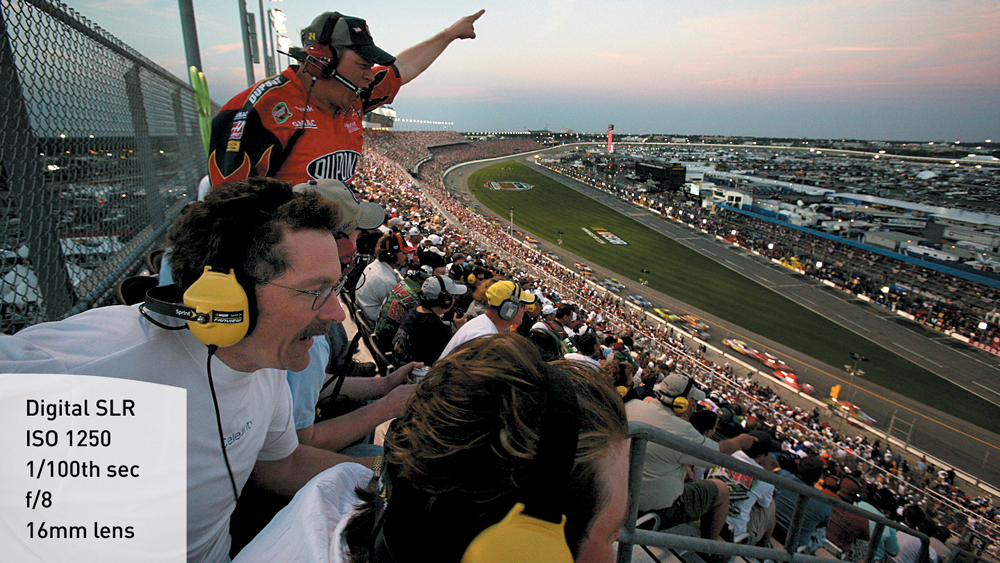8. Fast Tracks
Horse Racing, Track and Field, and Motor Sports
Horse racing, track, and motor sports are some of the fastest sports in the world. The Kentucky Derby is often referred to as the Greatest Two Minutes in sports, the men’s 100-meter dash determines the fastest man in the world, and the Daytona 500 is the “Super Bowl” of stock car racing.
In this chapter you’ll learn my techniques for shooting each of these sports. Although there are certain similarities when it comes to coverage, each sport is vastly different.
Poring Over the Picture
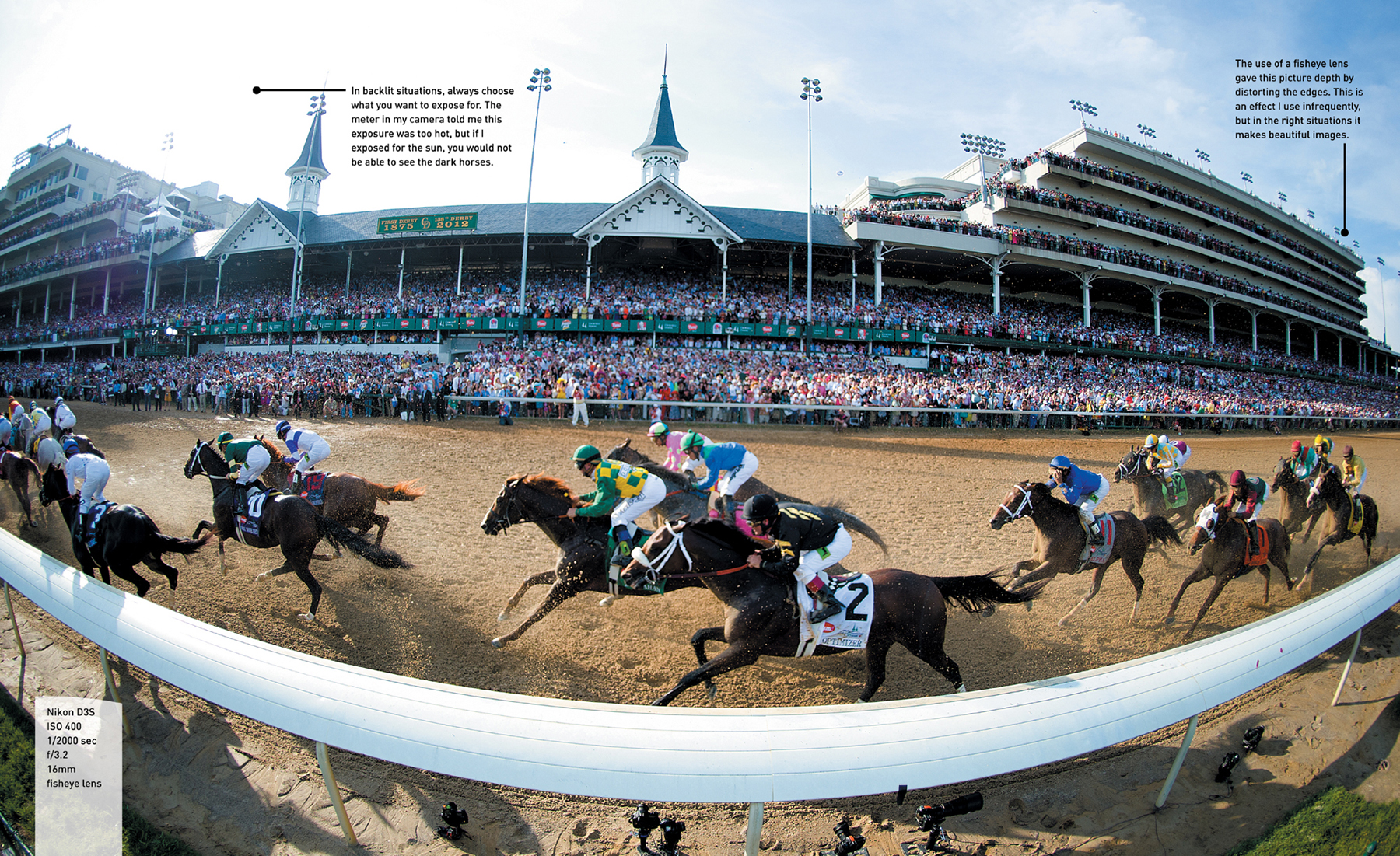
The Twin Spires above the central grandstand at Churchill Downs rise above the racetrack during the 138th annual running of the Kentucky Derby. I used a fisheye lens to show the entire field racing past the famous structure.
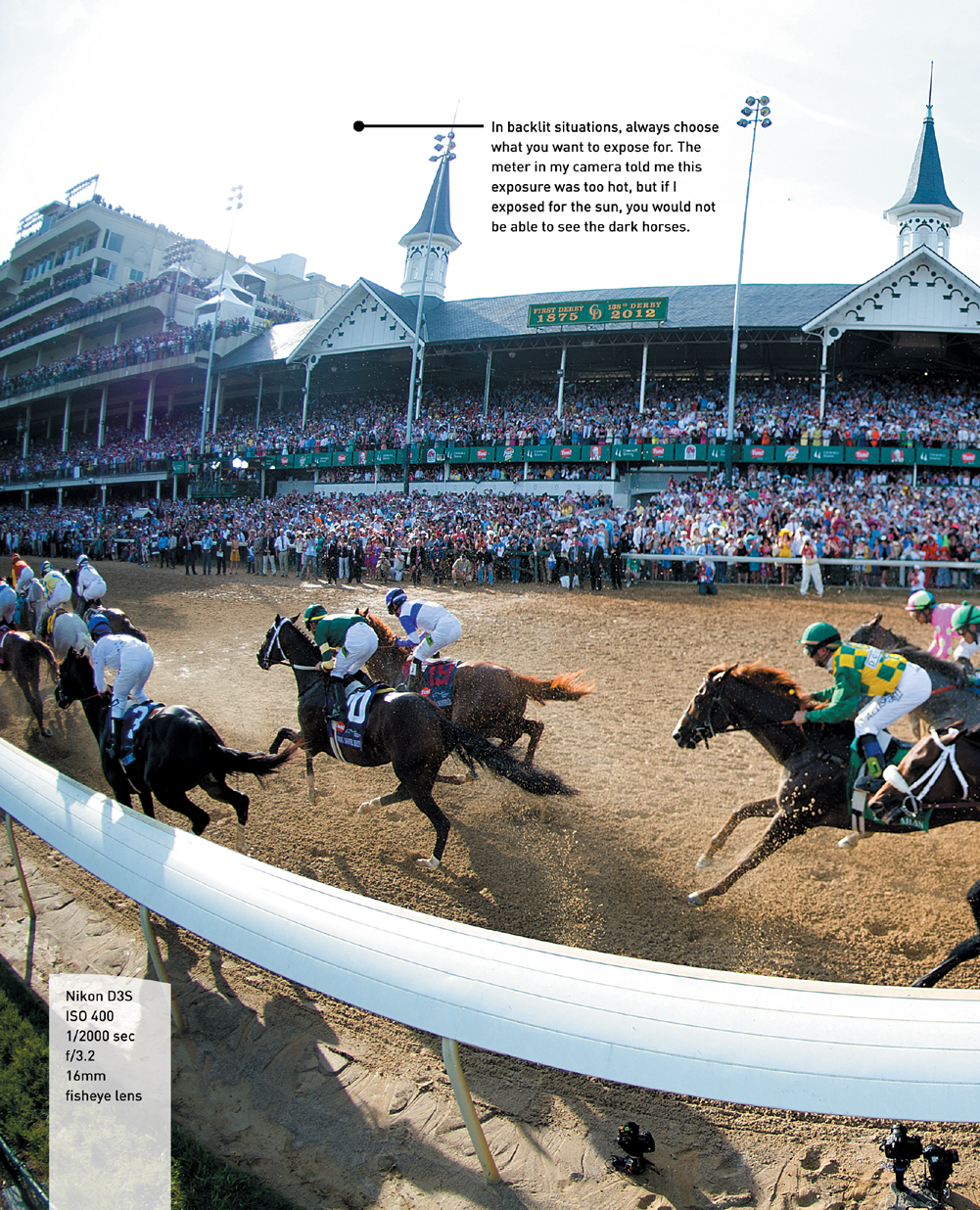
Horse Racing: How to Get the Best Shots
Horse racing is one of my favorite sports to cover. It is also one of the most difficult. For a race like the Kentucky Derby, I’ll put as many as 60 remote cameras around the track. I’ll briefly discuss remote cameras and show some examples, but this chapter focuses mostly on how to cover the race with just the cameras in your hand.
Where to Position Yourself
There are several excellent locations to shoot from when you’re covering horse racing, depending on what you want to capture and what the track has to offer. My preferred places are head-on past the finish line, outside the track past the finish line, inside the rail past the finish line, overhead or from an elevated position past the finish line, the first and fourth turns, and at the finish line for a pan (panning was discussed in Chapter 2).
Head-on Position
I almost always stand in the head-on position to shoot the finish of the race. For me, it’s the best place to capture the peak action as the horses and jockeys sprint for the finish (Figure 8.1). If a jockey celebrates his or her victory, this is the best place to capture it. The only caveat is that you will invariably need a very long lens (400mm to 600mm), because the head-on position is always located a significant distance from the finish line for safety reasons.
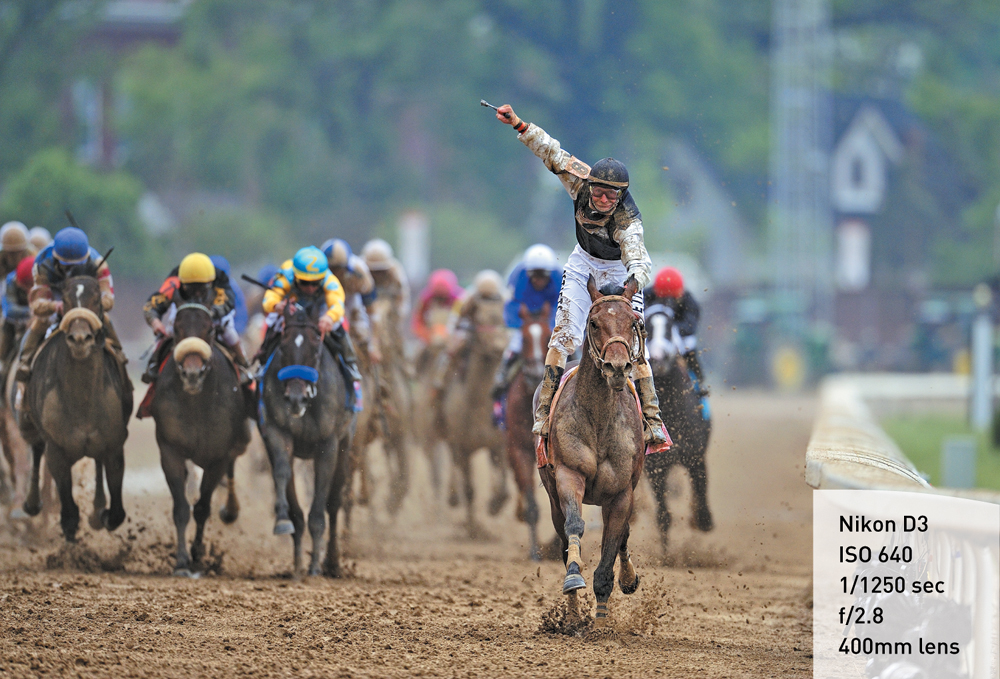
Figure 8.1 Calvin Borel celebrates winning the 2009 Kentucky Derby with Mine That Bird. The race was a huge upset: Mine That Bird went into the race with 50-to-1 odds. This picture was the cover of Sports Illustrated that week.
Notice the cameras underneath the rail on the right side of the frame in Figure 8.1. Those are remote cameras that I’ll discuss later in the chapter.
Outside the Track
If you don’t have a super long telephoto, outside the track is a good place to stand. It allows you to get significantly closer to the finish line action. Your view from this angle will be to the right side of the horse and jockey as they cross the finish. This can also be a good place to capture reaction after the finish because if a jockey looks up, he usually looks toward the grandstands, which is where you will be standing (Figure 8.2).
Tip
Listen to the track announcer. The horses will be in your view only for a short time. It will help to know what’s happening as they approach.
Inside the Rail
Inside the rail is also a good place to stand if you don’t have a super long telephoto. This location allows you to move closer than the head-on position. When I shoot from here, I like to include the rail, the grandstand, or both for graphically pleasing reasons. You can make a nice tight shot of the winner as he or she crosses the finish line, but I like to use this spot to make a looser photo that includes some scene. By shooting vertical in Figure 8.3, I was able to include the famous twin spires in the background, making this picture more than just a celebration shot. I also closed the aperture significantly to make sure the spires and the horse were in focus.
Overhead Position
Overheads can be beautiful shots depending on the track. The elevated position is my favorite spot at Pimlico Racetrack in Baltimore, Maryland, home of the Preakness Stakes. At Pimlico you can get on top of the grandstand right across from the finish. There is always a bed of flowers at the Preakness Stakes that spells out P-I-M-L-I-C-O, which makes a really striking shot (Figure 8.4).
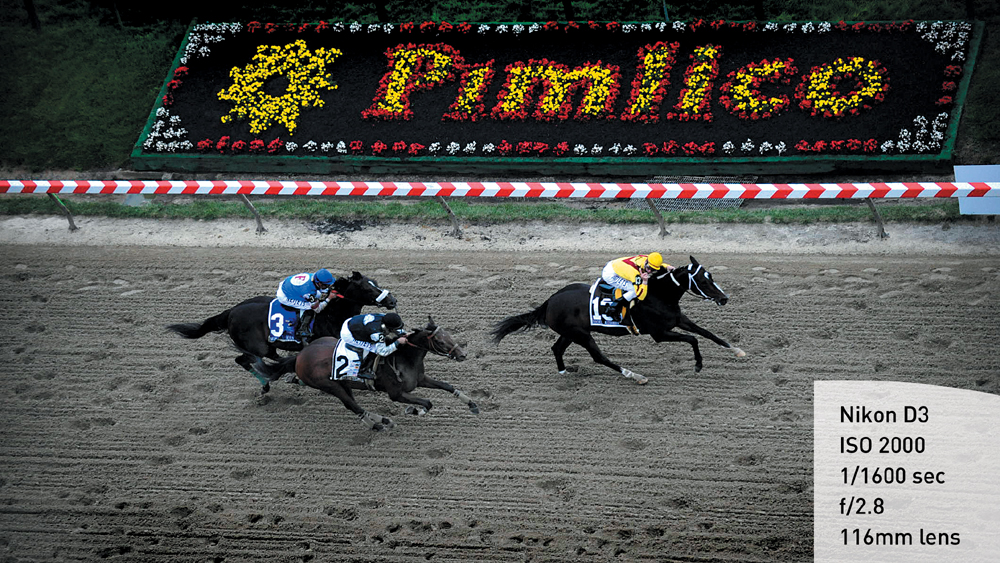
Figure 8.4 Calvin Borel points at the grandstands as he wins the Preakness Stakes with the filly Rachel Alexandra. After winning the Kentucky Derby with Mine That Bird, he abandoned hopes of a Triple Crown by switching horses.
I also like the overhead position at Churchill Downs for the Kentucky Derby. The grandstands are always full for the Kentucky Oaks and the Kentucky Derby, so I like to make a wide shot of the grandstands with the horses and the track (Figure 8.5 and Figure 8.6). It is especially nice on a sunny day.
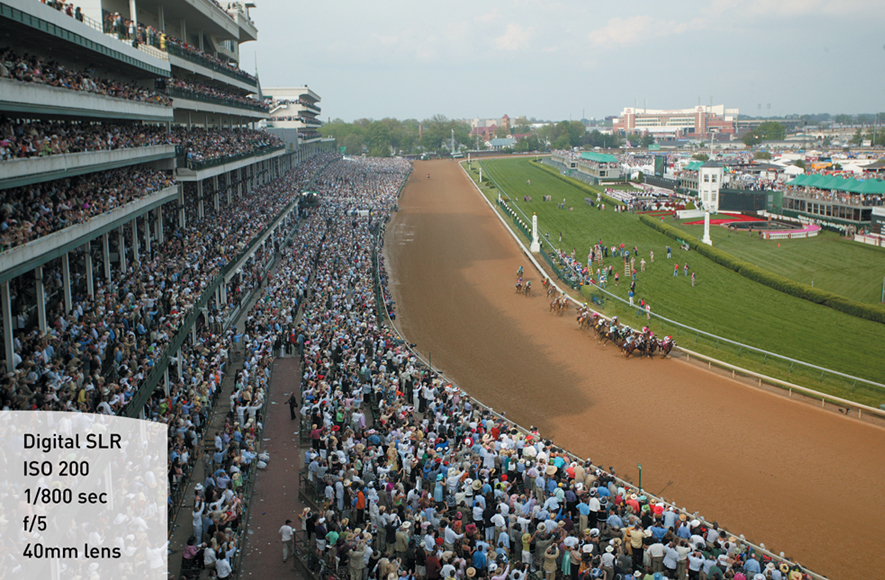
Figure 8.5 This shot was taken from overhead facing the finish line as the horses begin their loop of the track in the 2007 Kentucky Derby.
Shooting from the Turns
Shooting from the turns always results in a beautiful picture. Depending on which way the track faces and what time of day you are shooting, one of the turns will almost always give you beautiful light.
At the Kentucky Derby, one of my preferred shooting spots is at the first turn using a medium lens (Figure 8.7). This location allows you to shoot with a medium lens to include the grandstand or a telephoto to get a nice shot of the pack as it comes around the bend (Figure 8.8).
The fourth turn is also a very nice spot. At the Preakness Stakes, the horses and jockeys turn west around the fourth turn and into the late afternoon sun, which can make for truly stunning photographs.
Tip
Practice keeping the camera absolutely stable and moving constantly while panning.
Also, many jockeys make their move in the fourth turn, so it is a great place to shoot the winning horse as he makes his way into the lead. However, if you are covering a race alone and don’t have any remote cameras, this can be a gamble, because you may choose the wrong horse as the winner. If your goal is only to make a beautiful picture, then this is a great spot.
Tip
All of the races will finish at approximately the same speed, just not the same position or with the same light. Knowing this will give you a chance to try various shutter speed and aperture combinations during the day so that when the big race happens—and it will almost always happen at the end of the day—you will be ready with the correct shutter speed and aperture combination.
Finish Line Pan
Horse racing is a sport that lends itself nicely to a pan. This is a great technique to try if you don’t have a long or fast lens. I usually shoot a pan with either a 70–200mm f/2.8 or a 28–300mm f/3.5–5.6. I keep the focal length between 100 and 200mm, bump the shutter down to somewhere around 1/200 of a second, and decrease my aperture to increase my depth of field (Figure 8.9). I prefocus the lens on the finish line before the horses cross so that I am ready to pan when they approach the finish.
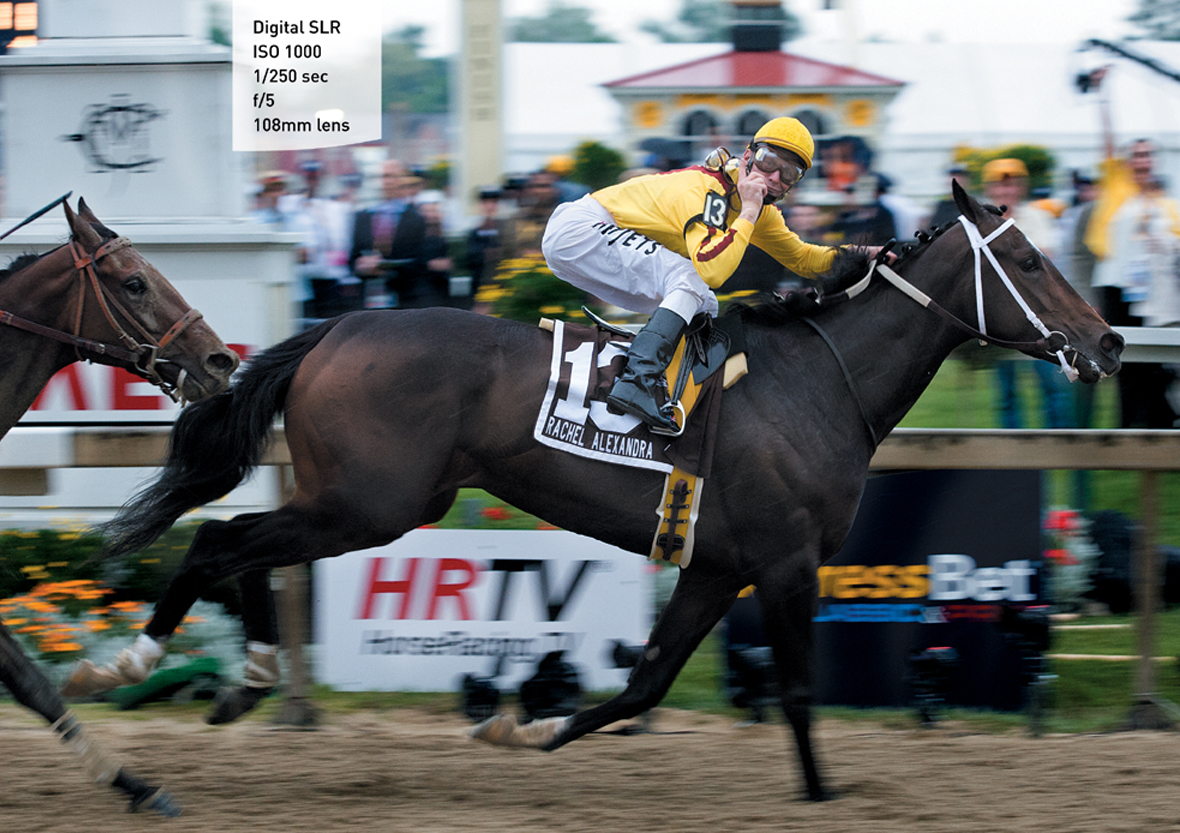
Figure 8.9 Calvin Borel wins the 2009 Preakness Stakes with Rachel Alexandra. Using the pan technique, I was able to blur the unattractive background and focus only on Calvin and the horse.
Remote Cameras
I use a lot of remote cameras when I’m covering horse racing. I always try to put cameras in places I can’t be. Because I usually shoot from the head-on position, I use remote cameras to capture the other positions I listed (except for the pan; that has to be done manually). Using remote cameras allows me to be in multiple places at once, which increases my coverage significantly.
The best place to use remotes is under the rail (Figure 8.10). In horse racing an inner rail runs all the way around the track. This is a very dangerous place because many jockeys use the rail to squeeze in front of the other competitors. In the process, they frequently run up against the rail and sometimes get thrown from the horse while making their move. For this reason, tracks almost never let photographers stand flush against the rail, but they do allow remote cameras to be placed there instead.
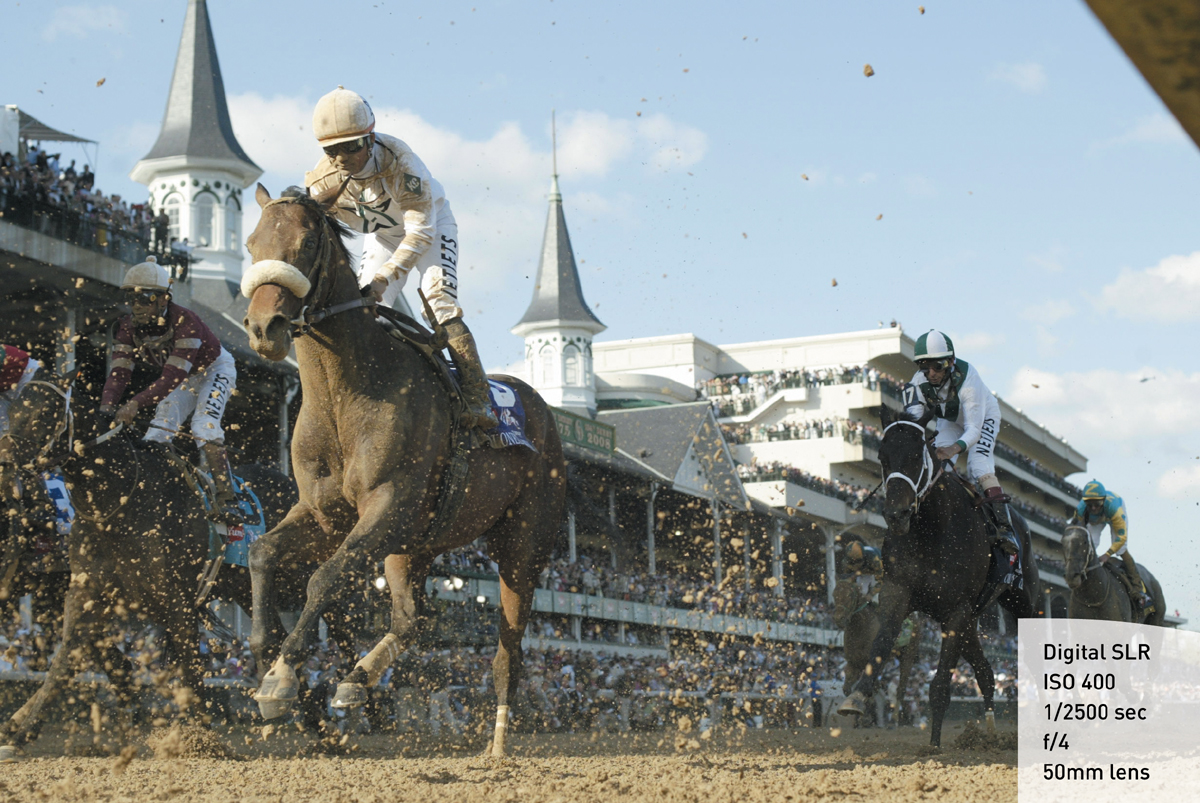
Figure 8.10 This is an under-the-rail remote shot from the 2008 Kentucky Derby. This angle gives you a look at the race that you cannot capture with a handheld camera.
There are several ways to fire remote cameras. I generally use PocketWizards with custom channels. You can also fire them by creating a circuit with a household power cord or through your computer with Ethernet cables.
Track and Field: How to Get the Best Shots
Track and field is probably the sport with the greatest variety of actions. There is always something happening at a track and field event, and men and women are also given equal prominence.
If your lens and DSLR body selection is limited, track and field events are ideal to cover because you can get close to the action for many of the events.
Because track events are so different from field events, I’ll walk you through shooting at each event, starting with the track events and moving on to field events.
100m Dash
The 100-meter dash is always the most anticipated event in a track and field competition. Nothing gets a crowd excited like raw speed.
You have several position options when you’re covering the 100-meter dash. My favorite position is the head-on position, located just off the track directly in front of the finish line (Figure 8.11). This position in track and field is not nearly as far from the finish as it is in horse racing. I generally shoot from this position with either a 300mm f/2.8 lens or a 400mm f/2.8 lens.

Figure 8.11 Usain Bolt celebrates after breaking the world record in the men’s 100-meter dash during the 2008 Olympic Games in Beijing.
Tip
Shooting head-on allows you to use a slightly slower shutter speed while still stopping the action cleanly.
I also like to shoot the 100-meter finals from an elevated position behind and above the head-on position. This gives you a good look at the field as a whole and allows you to capture interesting shapes and patterns. Another popular position is at the finish line from the infield. From this position you are either at or right behind the finish from the infield looking back at the grandstands. This position is perfect for using a medium or wide-angle lens. It is also a nice spot to try a pan of the finish.
You can also shoot a pan from outside the track at the finish line. This is the best place for a pan, because there is nothing in the background that adds to the photo.
110m and 100m Hurdles
I love hurdle races because there is always the possibility for spectacular action. They sometimes feel faster—even though they aren’t—than the 100-meter flat races. I usually shoot these races from the head-on position, and from that vantage point all I can see of the runners for the first half of the race is their feet between hurdles until suddenly they are in front of me and at the finish (Figure 8.12).
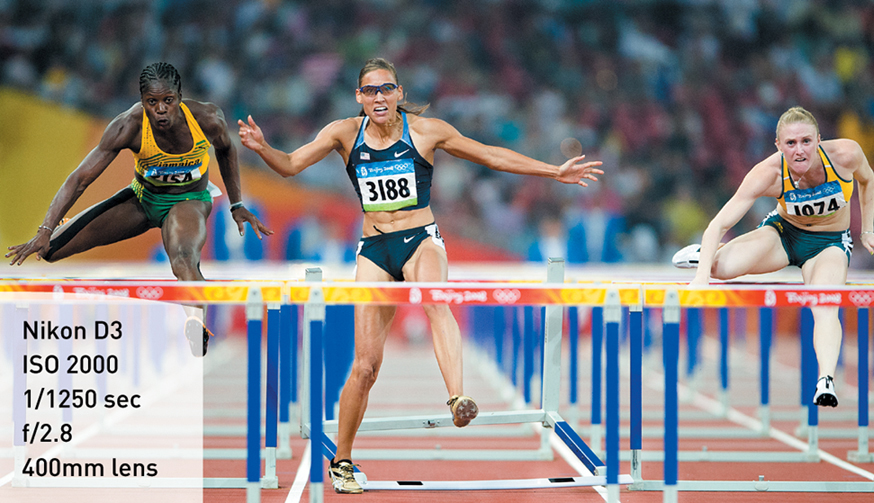
Figure 8.12 Lolo Jones reacts as she tries to keep from falling in the final of the women’s 100-meter hurdles during the 2008 Olympics in Beijing. She was favored to win but stumbled over the last two hurdles and finished fourth.
I also like to shoot these races from an elevated head-on position, because the hurdles provide very interesting patterns. Runners frequently fall over the hurdles, and above is the best place to capture that action and reaction (Figure 8.13).
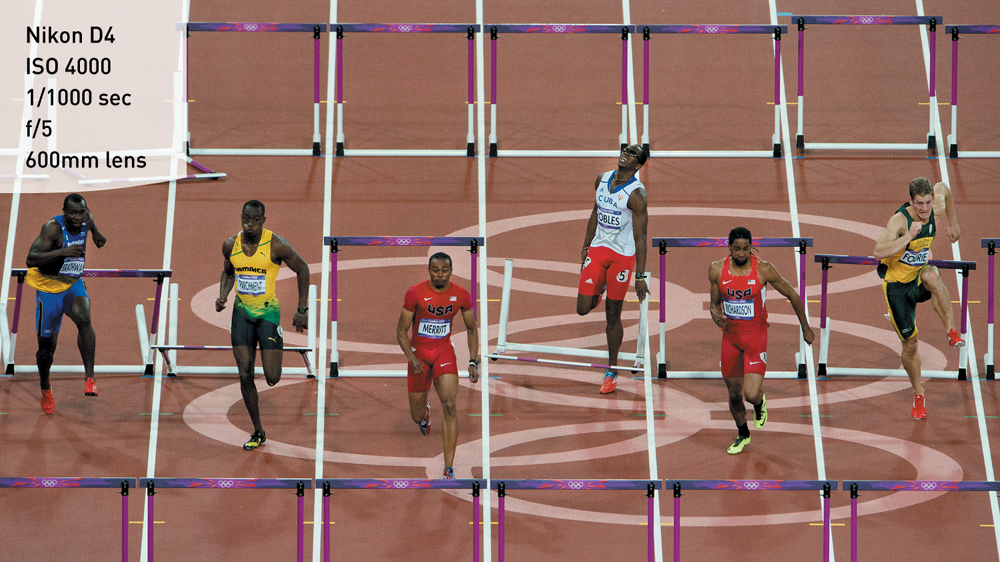
Figure 8.13 Dayron Robles pulls up halfway through the men’s 110-meter hurdle final during the 2012 Olympic Games in London. He was the Olympic Champion in 2008 but pulled a hamstring and had to walk to the finish in 2012.
Tip
Watch the runners’ feet when they cross the hurdles. That will help you figure out who is winning before they reach the last hurdle.
200m Dash
The shooting positions for the 200-meter dash are the same as the 100-meter dash with one exception: There is a turn in the 200-meter race. The turn in the 200-meter dash is a great place to shoot because it gives you a look at the start of the race. However, I prefer to shoot, the turn from the grandstands to use the pattern of the lane lines to make a more graphic image.
400m Dash and Hurdles
My favorite place to shoot the 400-meter dash and hurdles is from the grandstands at the fourth turn. It makes a really nice graphic of the track and, depending on the weather and the time of day, the runners have long shadows running next to them (Figure 8.14).
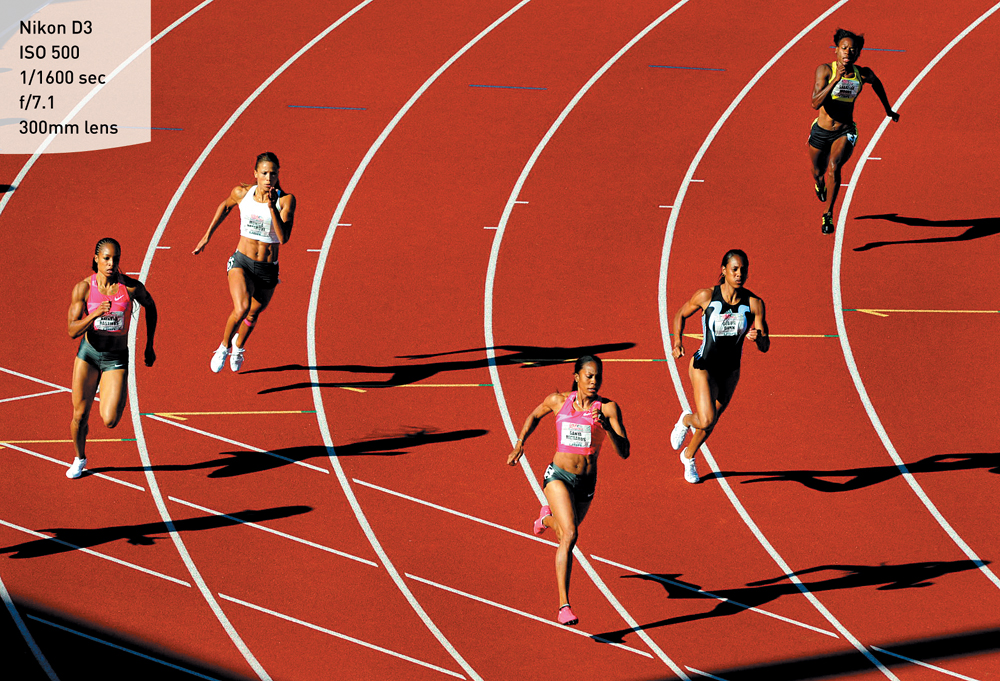
Figure 8.14 Sonya Richards makes her way around the final turn of the women’s 400-meter semifinal during the 2009 USATF Championships.
800m Event
The 800-meter event can be characterized as a cross between a sprint and a distance race. This race is all about pace and timing. I like to shoot the 800-meter event from either the head-on position or from the fourth turn.
One of my prized track and field pictures was taken at the men’s 800-meter final during the 2008 USATF Olympic Trials. Nick Symmonds flexed as he crossed the finish line, followed by a stunned Andrew Wheating, and third place was decided by a dive (Figure 8.15).
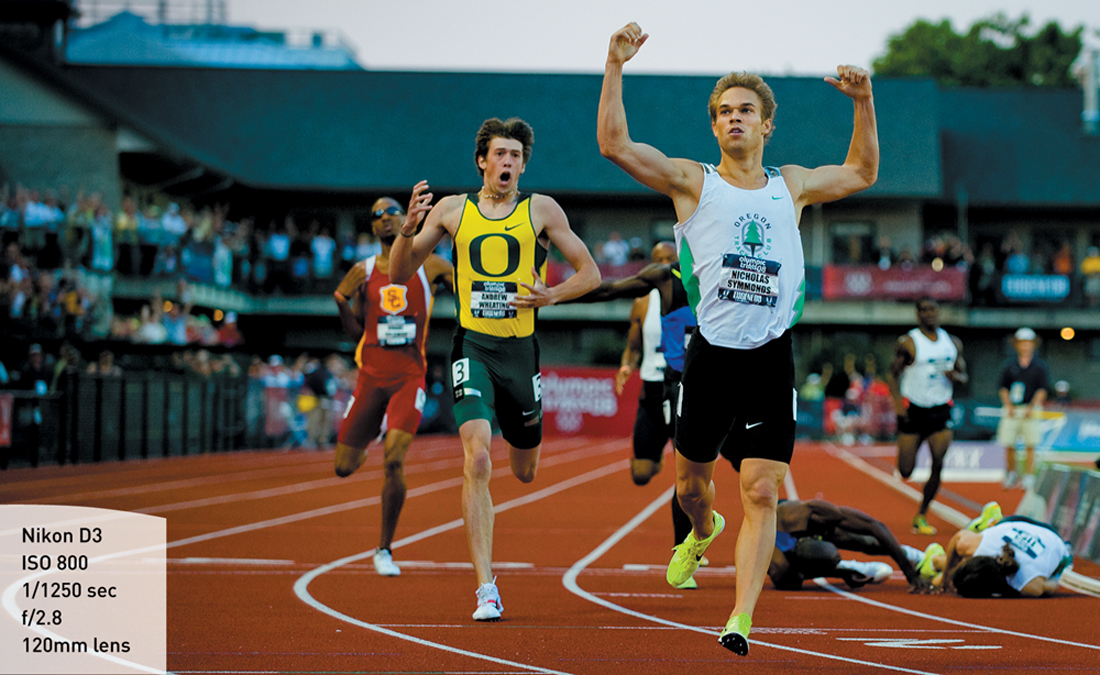
Figure 8.15 Nick Symmonds wins the men’s 800-meter final during the 2008 USATF Olympic Trials in Eugene, Oregon.
1500m Race
The 1500-meter race is similar to the 800-meter race in that it’s all about timing. Generally, the 1500-meter event is very paced until the last 100 meters. For that reason, I like to shoot from the head-on position.
3000m Steeplechase
The 3000-meter steeplechase is one of the strangest and most fun events to shoot in all of sports. It is a 3k race where once every 400 meters the athletes jump over a hurdle and into a pool of water (Figure 8.16).
This is one of the few races that I almost never shoot from the head-on position. The pool of water is located between the third and fourth turn, so I always position myself directly in front of the water pit and use a 300mm lens.
I also place a wide-angle remote camera (fired by a PocketWizard) next to the pool to capture the splash (Figure 8.17).
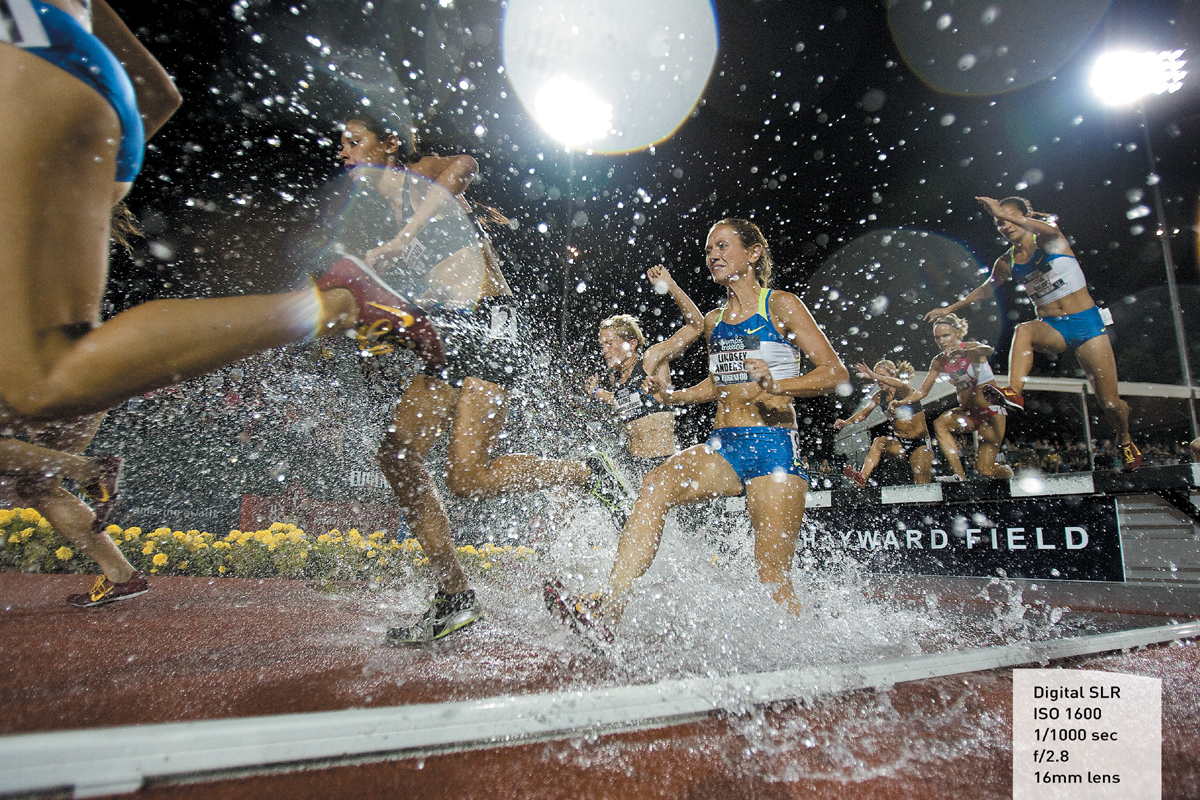
Figure 8.17 The competitors splash through the pit during the final of the women’s 3000-meter steeplechase during the 2008 USATF Olympic Trials.
5000m and 10,000m
The 5000-meter and 10,000-meter events are distance races, which give you, as a photographer, lots of time to work. I always shoot the finish from the head-on position. There is a foot race to the finish line every time, and foot races at the end of a long and steady distance race are always very strenuous and emotional. But as the race progresses, I like to take chances and try to make an artistic or graphic image. I play with my settings and move around the track (Figure 8.18). Photographically, there are no rules. Sometimes you come away with a surprising and beautiful image (Figure 8.19).
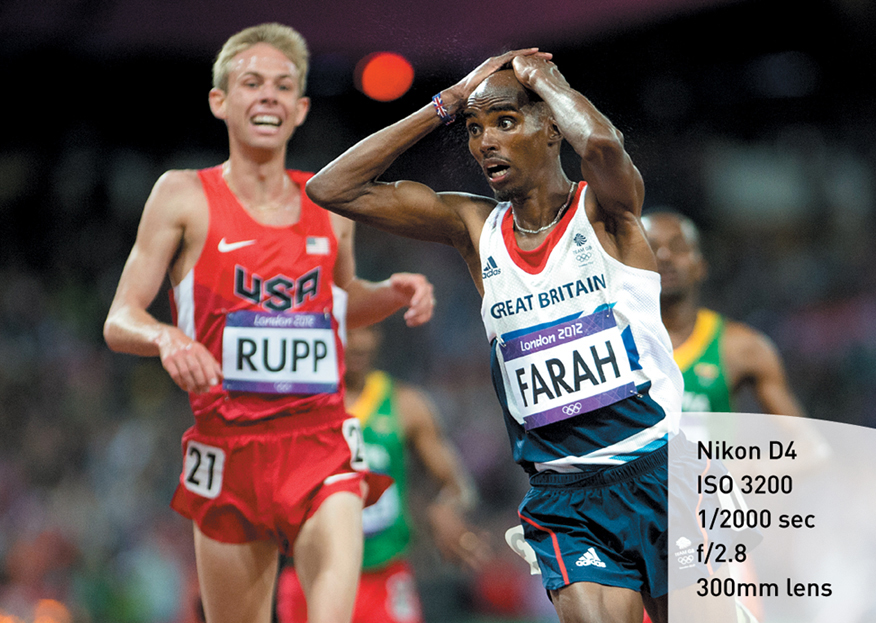
Figure 8.18 Mo Farah reacts to winning the men’s 10,000-meter race, followed by his friend Galen Rupp. Farah is the first athlete from Britain ever to win the 10,000-meter event.

Figure 8.19 Shalane Flanagan, Kara Goucher, and Amy Begley—the top three finishers in the women’s 10,000-meter final during the USATF Olympic Trials in 2008—make their way around the track.
Marathons and Racewalks
Marathons and racewalks are almost always held on a road, meaning outside of a stadium. Therefore, the best location to cover these races depends entirely on where the race is taking place.
A position at the finish line is always a good location, but these races last several hours, and the best pictures are almost always somewhere else along the course (Figure 8.20).
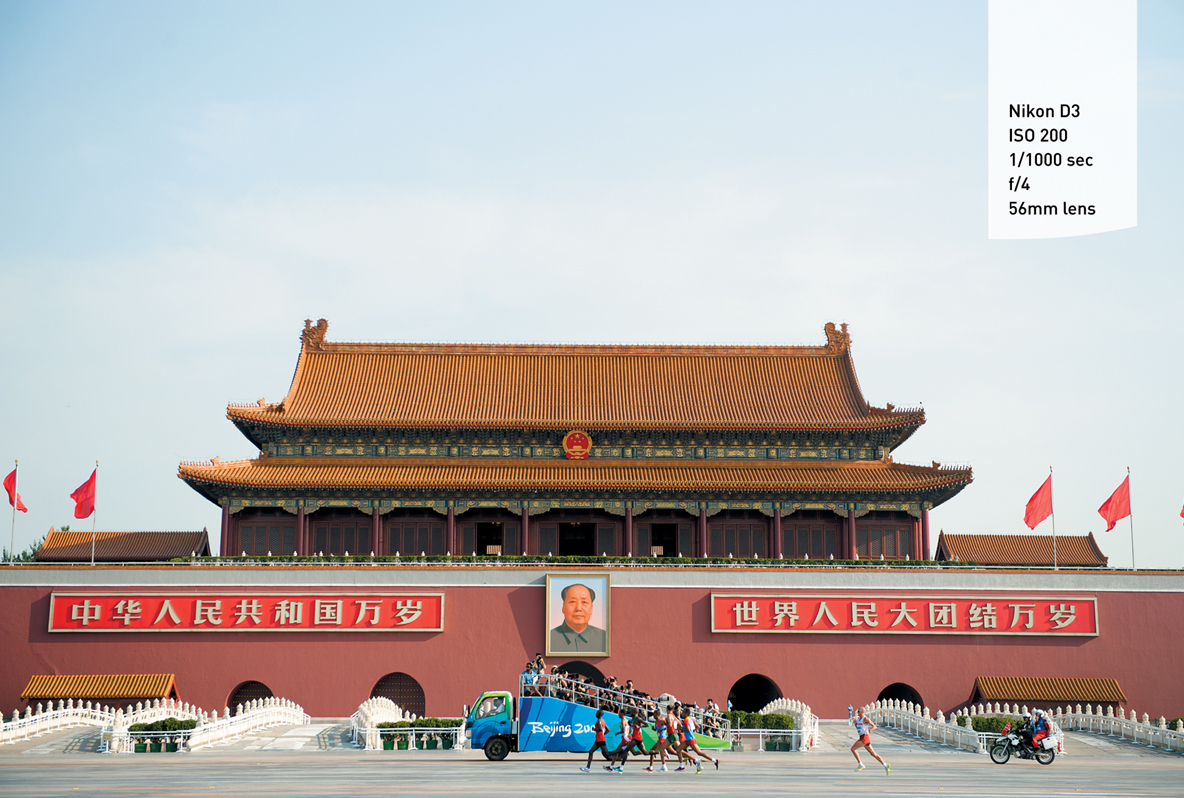
Figure 8.20 The men’s marathon at the 2008 Olympic Games in Beijing ran past the entrance to the Forbidden City.
For big events, the race organizers often provide a truck that travels just ahead of the first pack of runners.
I like to shoot the start and finish at the start/finish line (Figure 8.21), but for the other two-plus hours of the race I try to find another interesting location to make a nice graphic or scenic photo.

Figure 8.21 An athlete fell down at the beginning of the men’s racewalk final during the 2008 Olympic Games in Beijing.
Hammer Throw and Discus
Hammer and discus events are difficult to cover. For safety reasons, photographers are not allowed near the cage or the sidelines where a poorly thrown hammer or discus may fall. Photographers are very restricted as to where they can stand, so I like to place a wide-angle remote in the back of the cage. But be warned that a camera inside the cage is in a good position to get smashed. I’ve never had a camera destroyed in a cage, but I know people who have. A wide-angle remote creates a nice pattern picture that displays the thrower, the sky, and the netting (Figure 8.22).
Javelin
As with the hammer and discus events, you are restricted to where you can stand during the javelin event. Javelins aren’t as wayward as a hammer or discus, but they are still weapons. Photographers are only allowed to stand to either side of the javelin thrower. If possible, I like to shoot from an elevated position behind the javelin thrower. This is only doable at certain venues. Most large stadiums, like those used during the Olympics, have a place to do this (Figure 8.23).
Shot Put
Of the throwing events, shot put offers the best positions from which to shoot, in part because the object being thrown is not as dangerous as the other instruments. You still can’t shoot from a head-on position easily, but you can shoot from an angled head-on position from the left or right (Figure 8.24).
Pole Vault
Pole vault is a beautiful and relatively simple event to shoot. You can shoot with a telephoto from several hundred feet away or with a wide-angle lens shooting up at the vaulter (Figure 8.25). Use a telephoto if you want to reduce the background. I like to shoot with a wide-angle lens looking up if there is a pretty sky to shoot into or an interesting graphic (Figure 8.26).
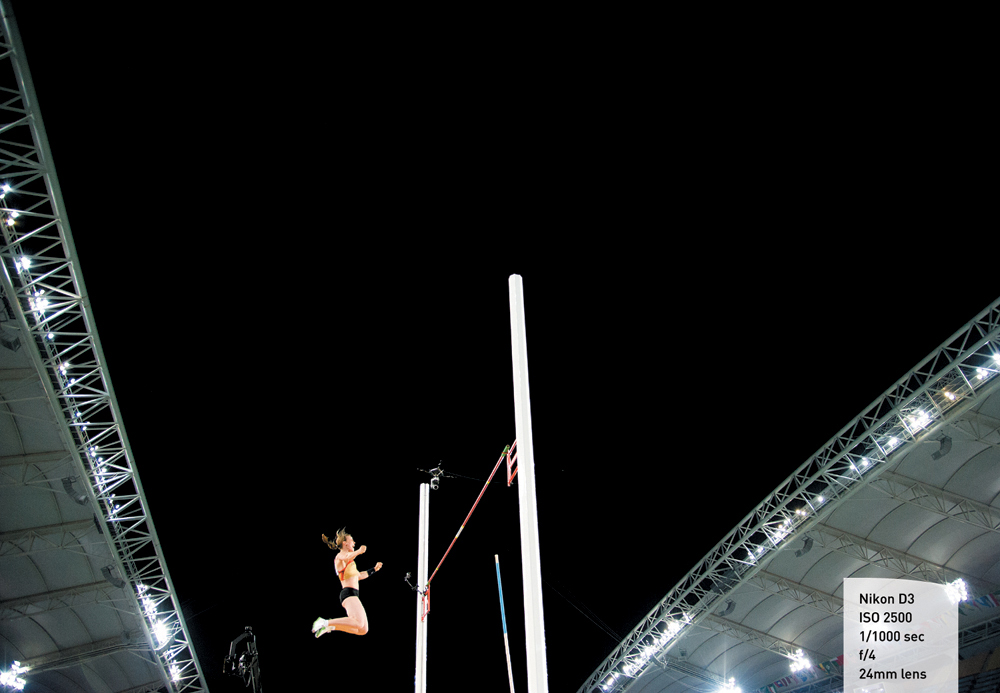
Figure 8.26 Silke Spiegelburg celebrates after clearing the bar during the 2011 IAAF World Championships in Daegu, South Korea.
High Jump
The high jump is one of my favorite field events to cover. As the event progresses and the bar gets higher, the reactions get bigger. I always shoot the high jump with a telephoto lens in front of the high jump pad—that way I see the jumpers’ faces as they cross the bar (Figure 8.27).
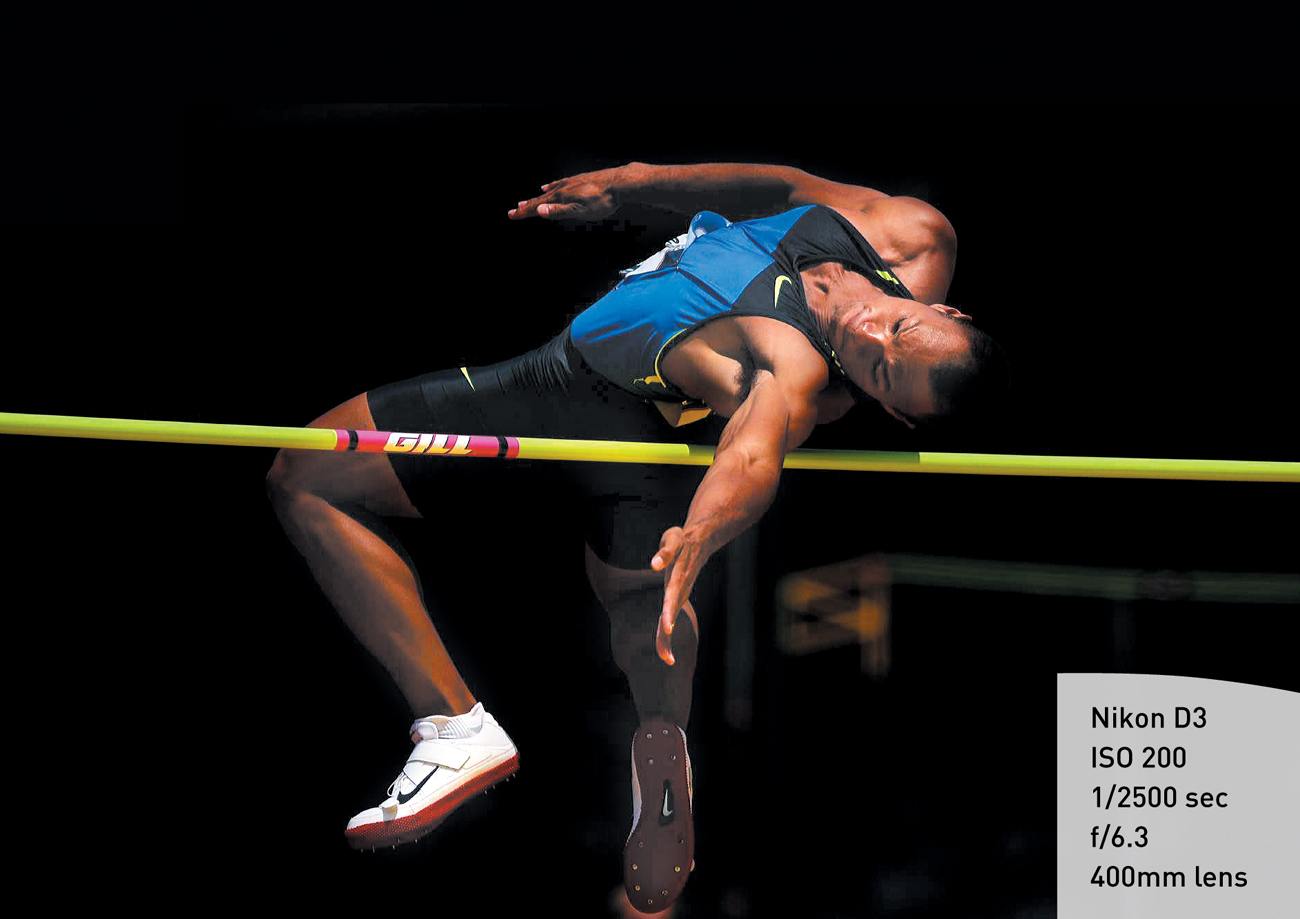
Figure 8.27 Brian Clay clears the bar during the high jump portion of the men’s decathlon during the 2008 USATF Olympic Trials. Clay went on to win the trials and the Olympic Gold in Beijing.
Long Jump and Triple Jump
The long jump and triple jump are also terrific events to cover and can result in very dynamic pictures. My prime place to shoot this event is head on and as low as I can get with a telephoto lens. From this angle I can capture the explosion of sand as the jumpers land, along with the expressions on their faces.
If there is an elevated position above the sand pit, it is also an ideal place to shoot from (Figure 8.28). Many of the jumpers look up as they hit the ground, creating a dynamic graphic pattern.
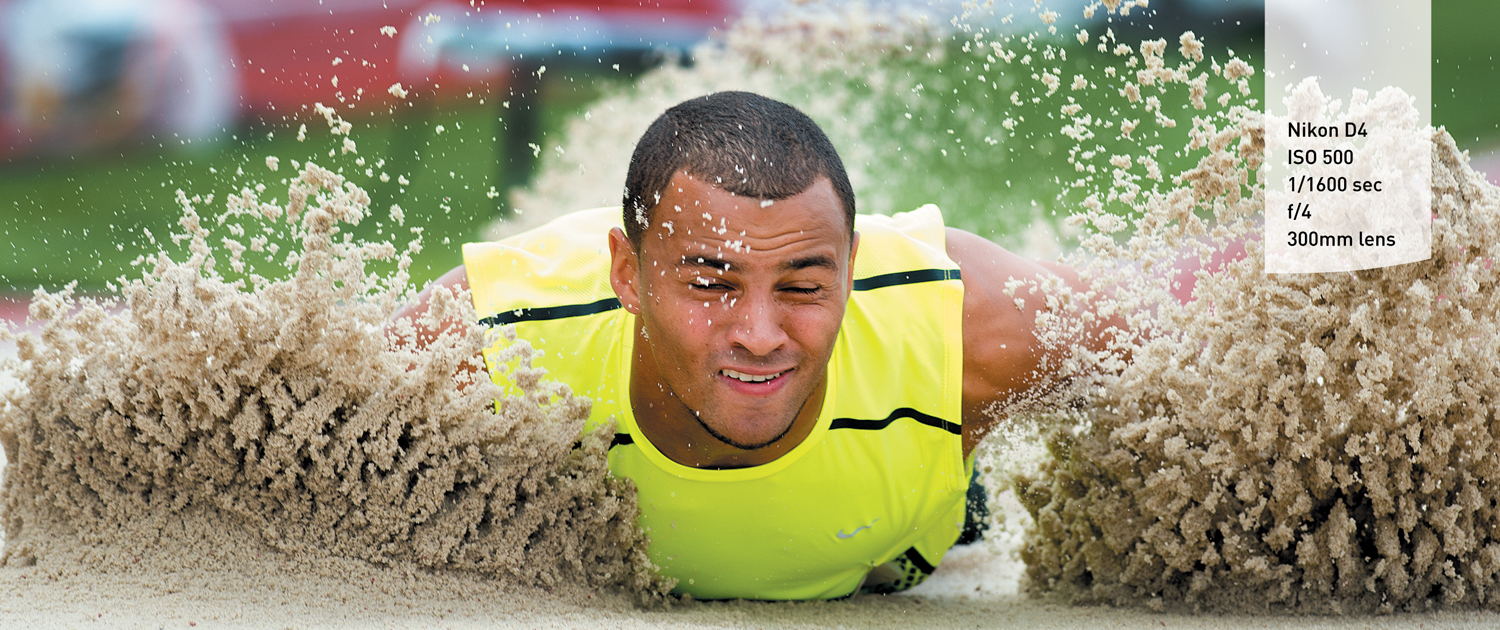
Figure 8.28 Triple jumper Aarick Wilson does a face plant during competition for the U.S. Olympic team. He finished ninth in the competition. In 2008 he won the U.S. Olympic Trials.
Motor Sports: How to Get the Best Shots
Formula One and stock car races are the most common motor sports, although go-cart, truck, and motorcycle races have gained popularity. There are heavy restrictions on where you can shoot during motor races for obvious safety reasons, and each track is different.
Where to Position Yourself
Even though every track is different, there are two places you can go to shoot from at almost every track: the turns and the grandstands.
Turns
What turn to shoot depends on the track. Turn four is the most popular position at the Daytona 500, because that’s where the most crashes happen. It was a crash in turn four that killed Dale Earnhardt in 2001, and the place has been hallowed ground in racing ever since. In Figure 8.29 I chose to shoot turn four for this race through the fans. For effect, I lowered my shutter speed so the cars would blur in the background.

Figure 8.29 NASCAR fans hold up three fingers in their camping spot on turn four at the beginning of the 2011 Daytona 500. It was the tenth anniversary of Dale Earnhardt’s (#3 car) death.
Turn one is also a good place to position yourself at most tracks for a view of the finish line (Figure 8.30).

Figure 8.30 Emerson Fittipaldi (4) in action, leading during the 1993 Indianapolis 500 at the Indianapolis Motor Speedway.
Tip
Shooting from the turn one position requires longer lenses, and for longer-distance races it is very helpful to work from a tripod. That way you can release the camera when the action gets closer to you and switch to a shorter lens.
Grandstands
Shooting from the grandstands gives you a nice view of the speedway as a whole, plus racing fans are just fun to be around. Of every sport I cover, I think racing fans are the most passionate (Figure 8.31).
My Gear
Racing shots require a very diverse set of gear. No matter the event—horse racing, track and field, or motor sports—you have a wide range of lenses to work with.
This is what I bring to every racing event:
• At least four Nikon D4 bodies
• At least four Nikon D3 or D3s bodies for remotes
• 600mm f/4 lens
• 400mm f/4 lens
• 300mm f/2.8 lens
• At least two 70–200mm f/2.8 lenses
• At least two 50mm f/2 lenses
• At least two 35mm f/1.4 lenses
• At least two 12–24mm f/2.8 lenses
• SB-910 small flash
• TC 1.4x teleconverter
• Eight PocketWizards and connectors
My gear list is inflated greatly by the number of remotes I use at the various events. As mentioned earlier, I’ll put up as many as 60 remotes for the Kentucky Derby. For the men’s 100-meter final at the Olympics, I used 28 remotes. I work very differently from most photographers, because I have to be everywhere at once.
If you have only one camera, you can cover all of these events with one long lens and one wide-angle lens.
Pay Close Attention to Your Settings
With the exception of certain track and field competitions, all of the events mentioned in this chapter take place outdoors. Therefore, it is important to pay attention to changing weather conditions. Also, the grandstands at many venues cast shadows over large pieces of track, creating an exposure nightmare. Be sure to expose for the picture you want to make, not what your exposure meter or histogram is telling you.
Beyond the Race Itself
All of the events discussed have a lot of goings-on behind the scenes and off the track.
At horse races, I love to go to the barns in the morning while the horses are being breezed, fed, and bathed before the big races. The early morning light mixed with the cool morning air always makes for beautiful images (Figure 8.32).
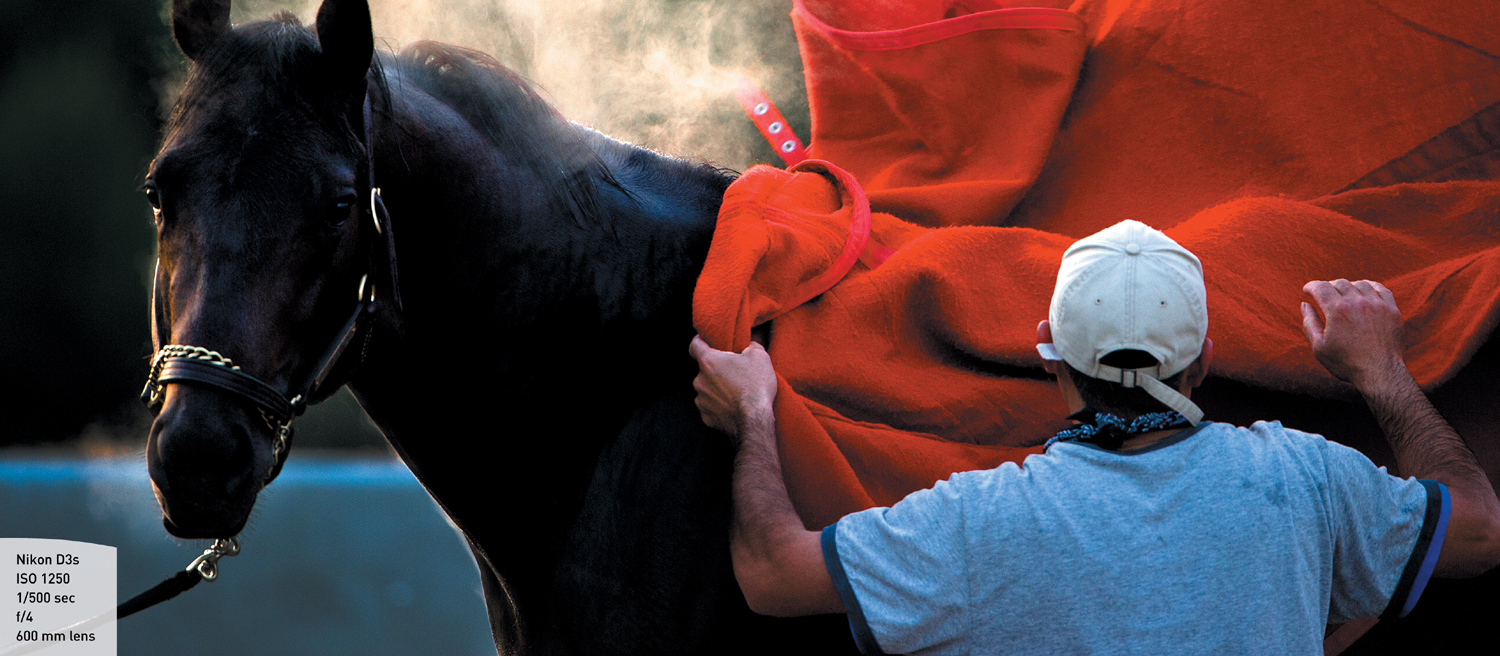
Figure 8.32 A horse gets washed at dawn after an early morning workout on the backside of Churchill Downs.
At track and field events, focus on what happens after the race (Figure 8.33). Sometimes capturing the last person to cross the finish line results in the best picture. Athletic competition can be extremely emotional—in some cases just the act of finishing is more important to the athlete than winning anything.
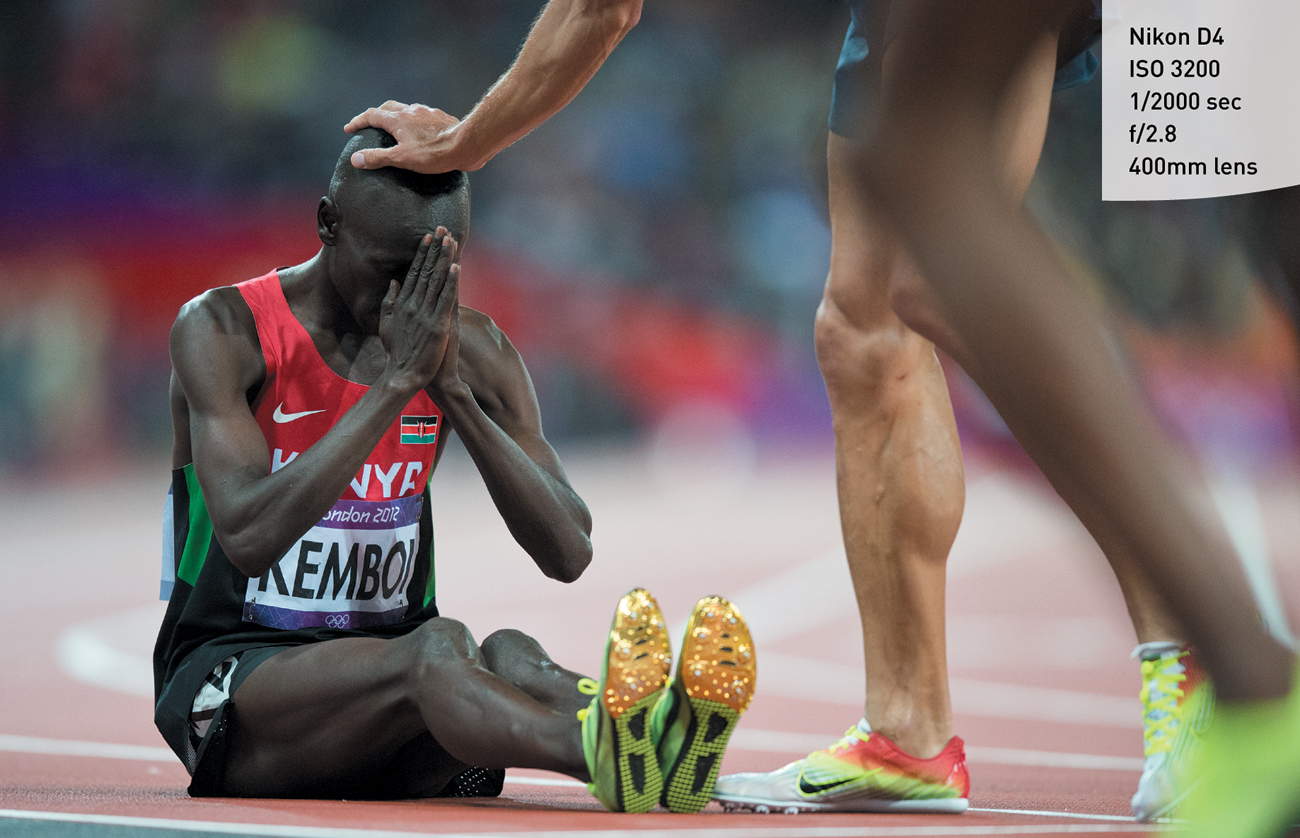
Figure 8.33 Ezekiel Kemboi Cheboi prays after winning the men’s 3000-meter steeplechase at the 2012 Olympic Games.
Motor sport fans are some of the best people in all of sports. They are passionate about racing, loyal to their favorite drivers, and no one has more fun. The infield at the Daytona 500 is the place to be. Figure 8.34 shows NASCAR fans camped in the infield of the Daytona International Speedway the night before the 50th anniversary of the Daytona 500.
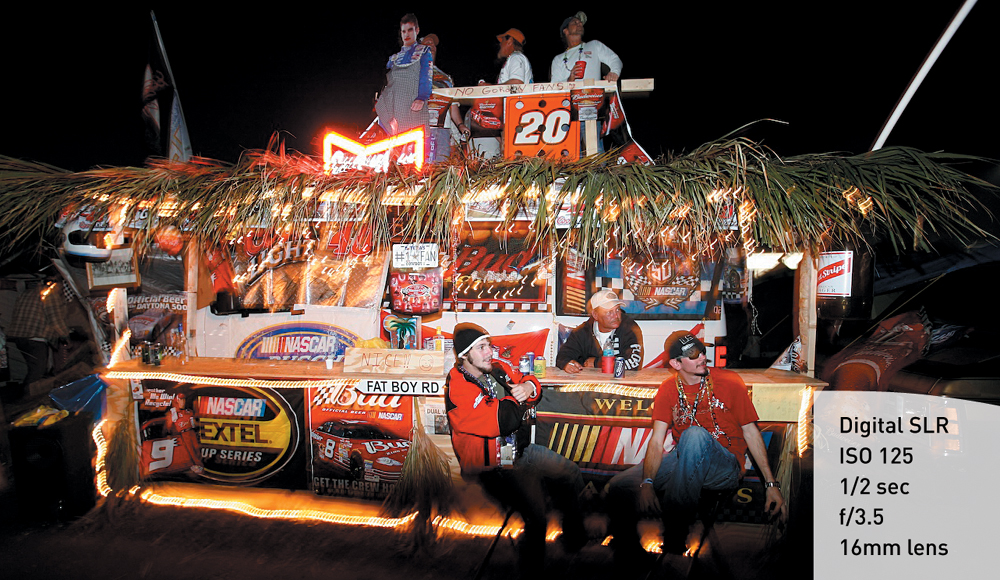
Figure 8.34 By introducing a small flash into this situation, I was able to freeze action while slowing down my shutter speed significantly to allow more light to reach the sensor.
Chapter 8 Assignments
These assignments will help you learn to anticipate and capture fast-moving motion from head-on and side-on positions.
Shooting a Track Meet
Go to a high school track meet. Talk with the meet officials and get permission to photograph the event. Position yourself head-on to the finish line. Practice anticipating which athlete is in front and track that athlete into the finish line.
Then position yourself side-on to the finish line. Practice doing pans of the runners finishing the race.
At the track meet, also spend time shooting the throwing events. Learn how to position yourself directly behind the action, which allows for dramatic images, while offering the benefit of keeping you out of harm’s way.
Capturing the Ponies
Go to a horse track and pay for general admission. Walk up to the rail next to the track as close as the track normally permits. Practice following the horses as they approach the finish line. You’ll learn that horses move at a pace that appears to be more erratic than that of humans because of the length of their gait. Try changing your settings, both aperture and shutter speed, to see how that affects how the horses’ legs are captured in your images.
Photographing Fast Cars
Auto racing will probably be the most difficult to gain access to in order to photograph from a close location. This is in large part because of the potential danger created by fast-moving cars. For now, it’s best to simply stick to photographing humans and horses. When you are more comfortable covering sporting events, you can reach out to auto racing venues and publications to see what possibilities there may be.
Share your results with the book’s Flickr group!
Join the group here: flickr.com/groups/sportsphotographyfromsnapshotstogreatshots.

